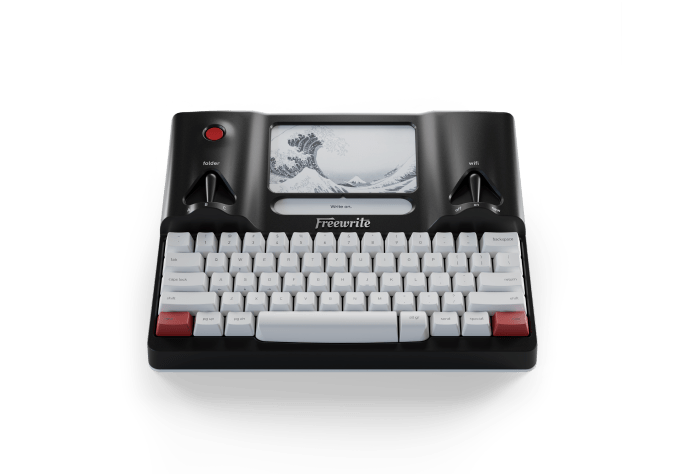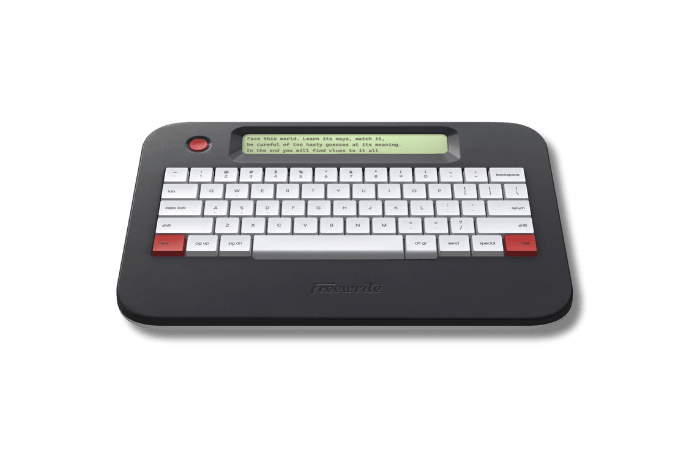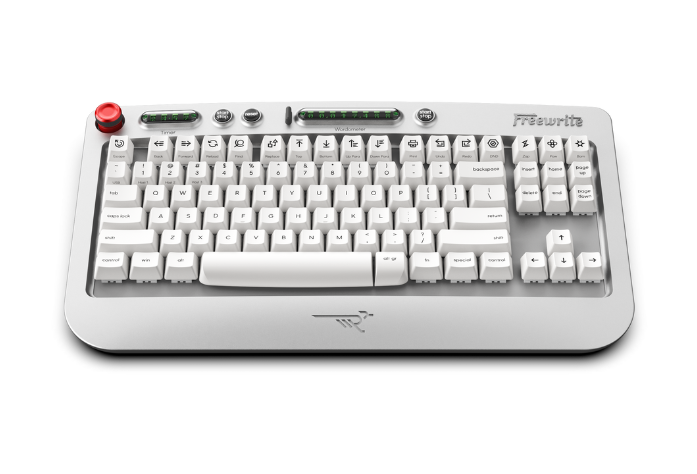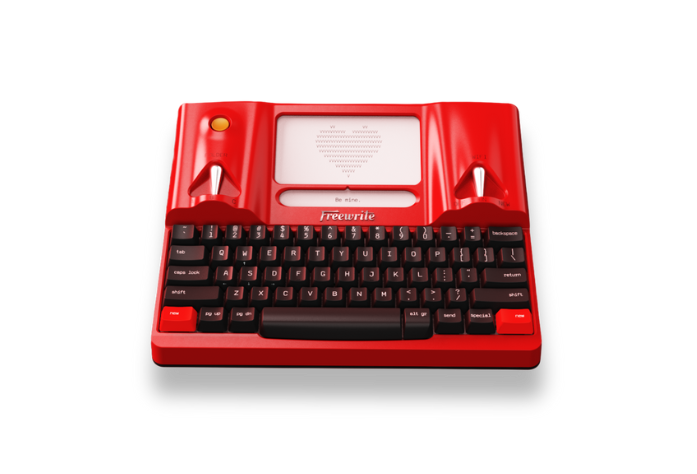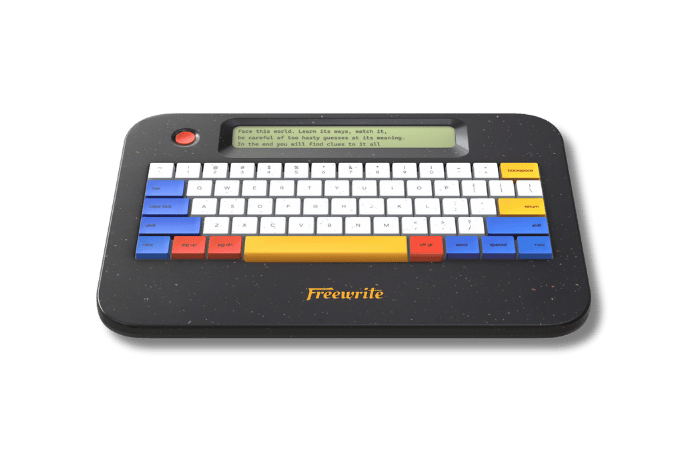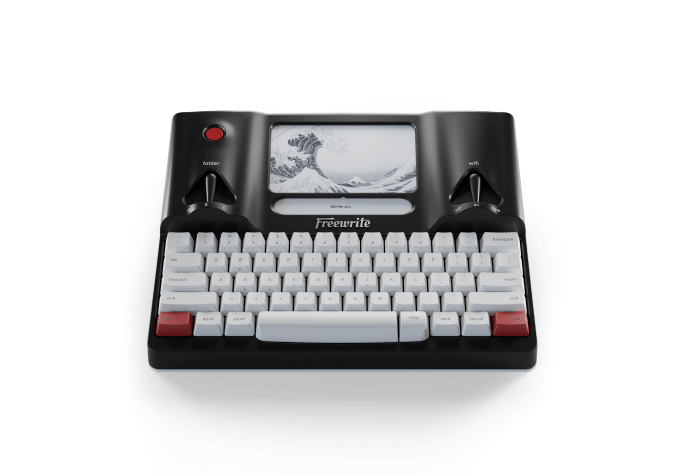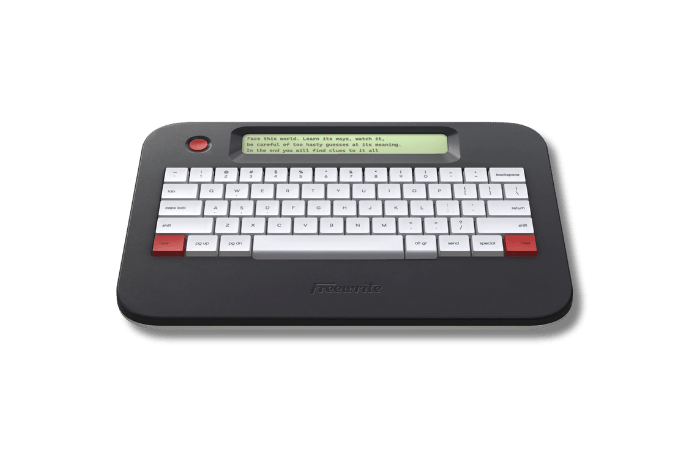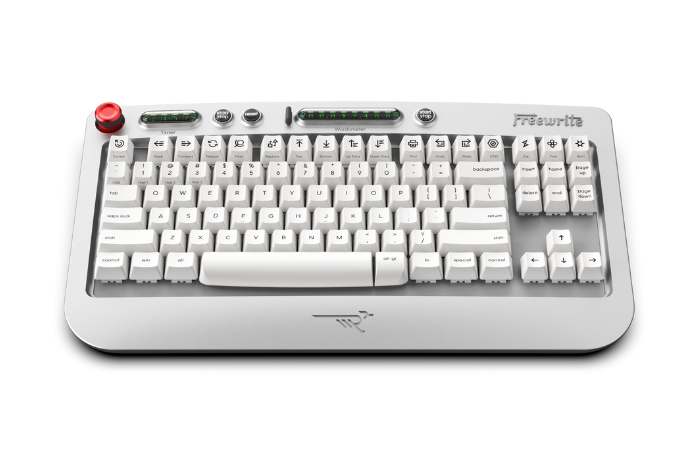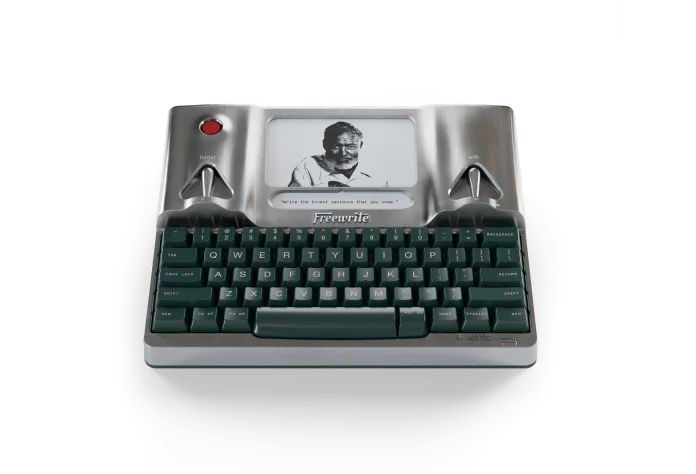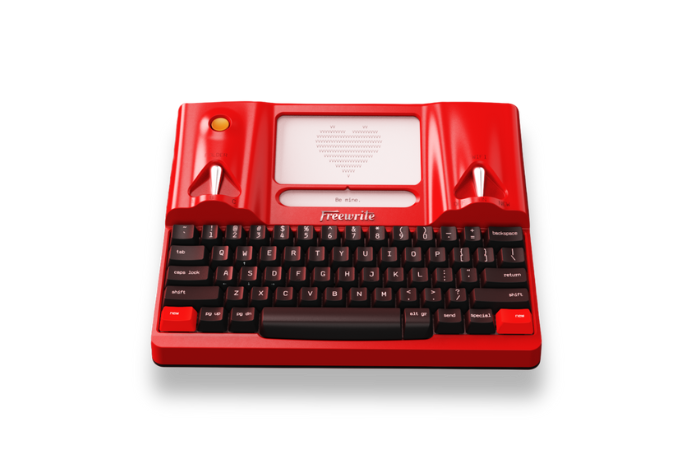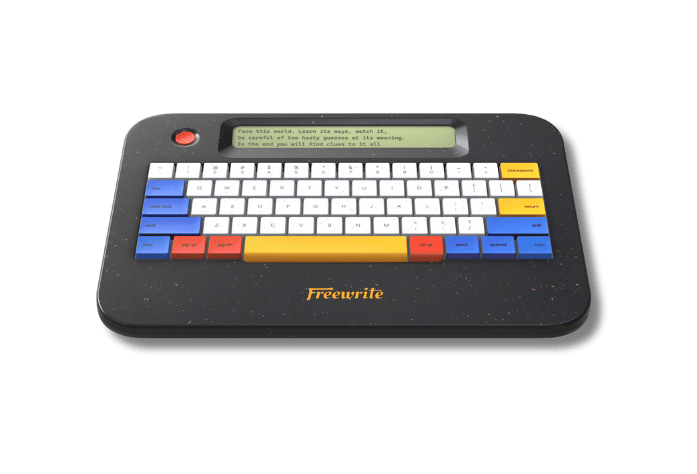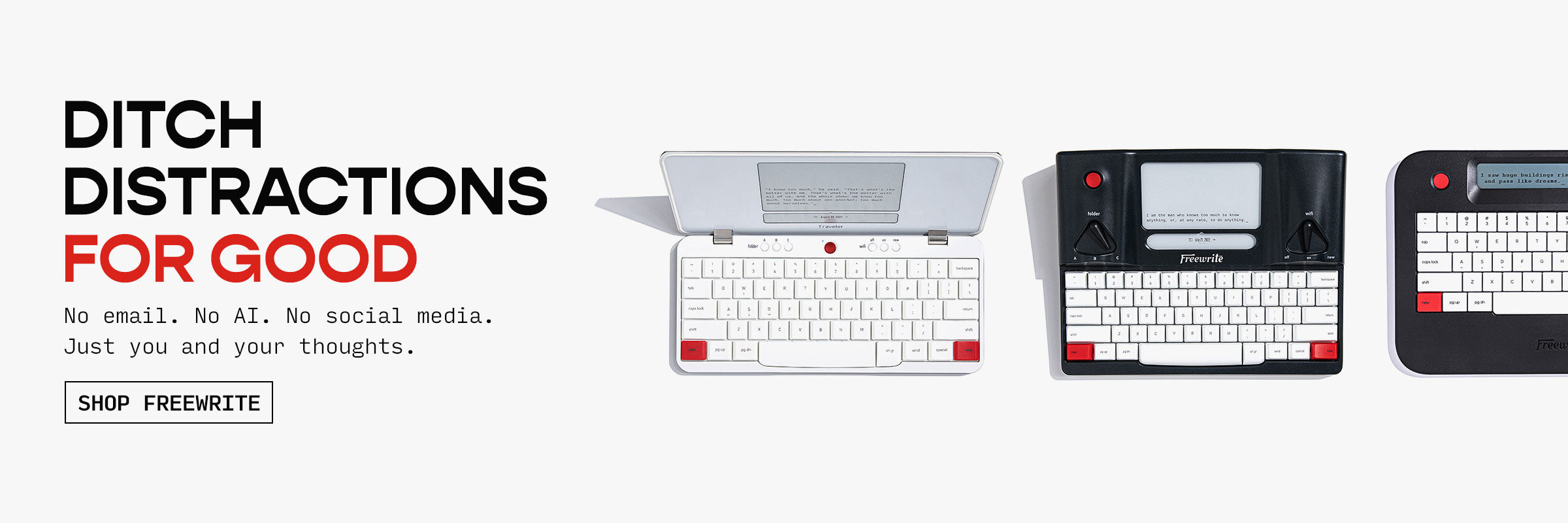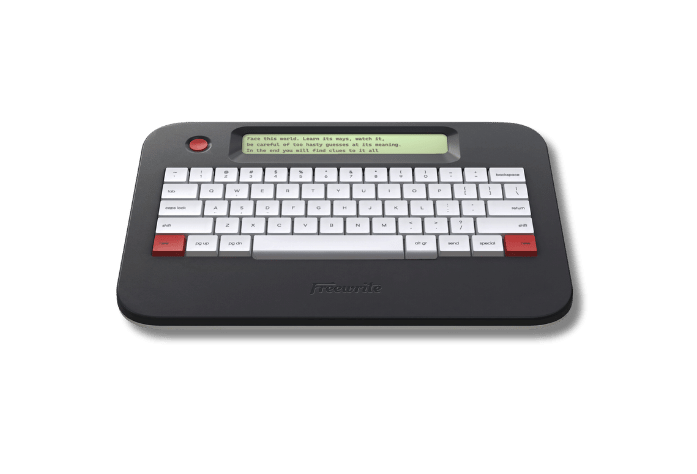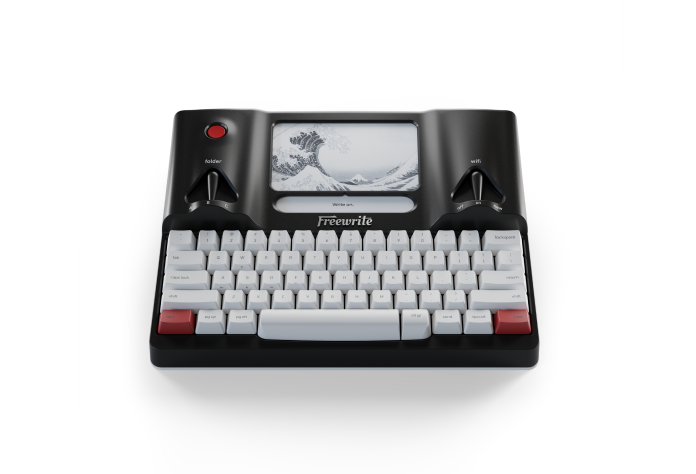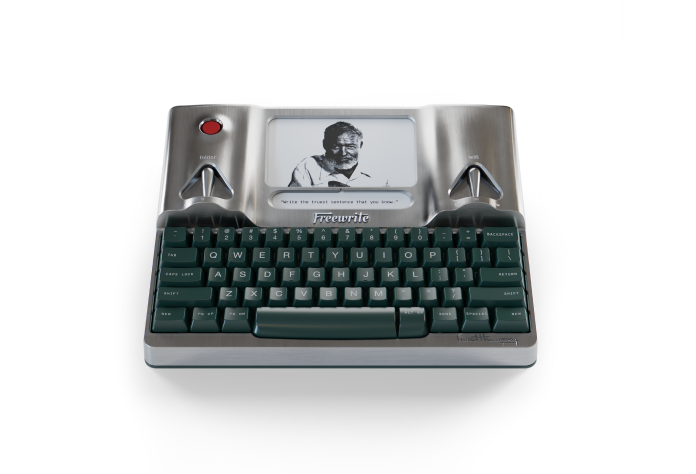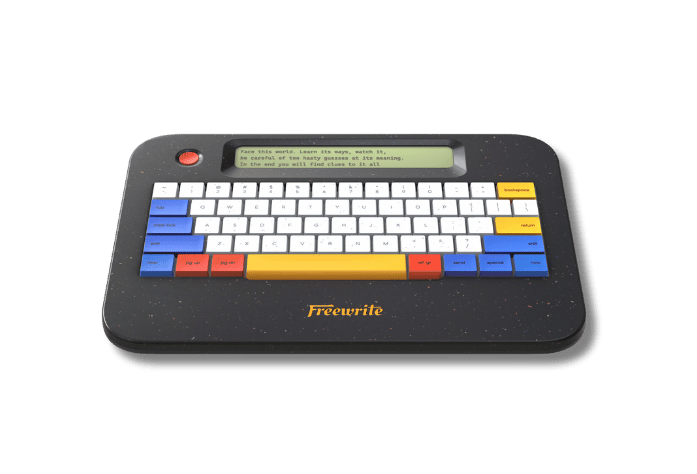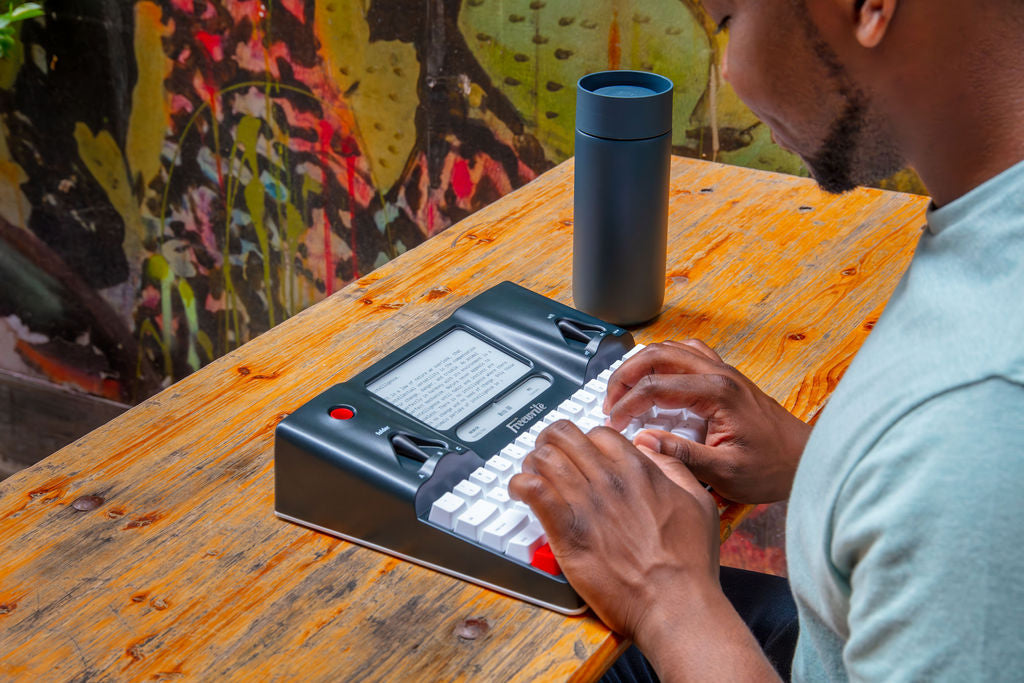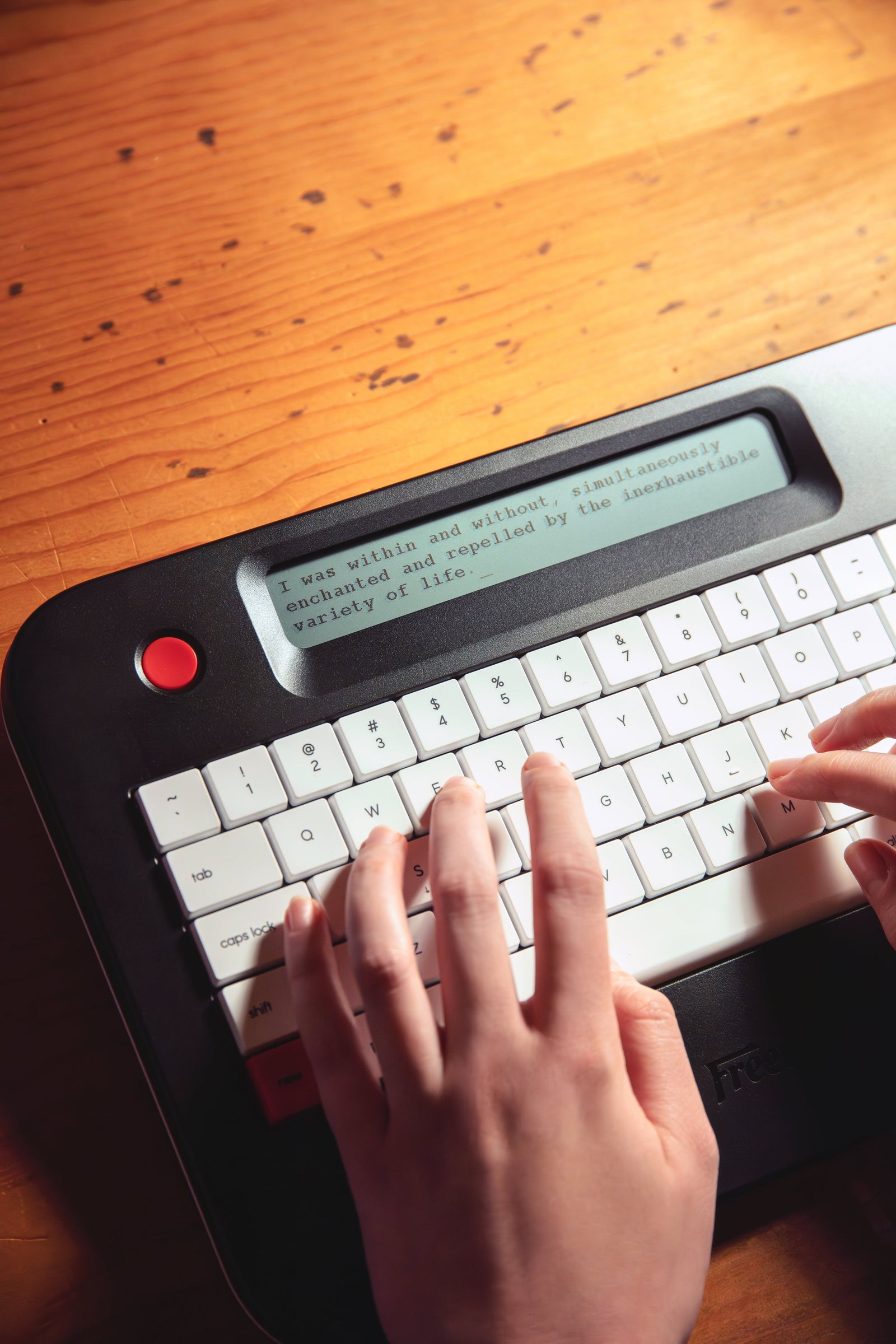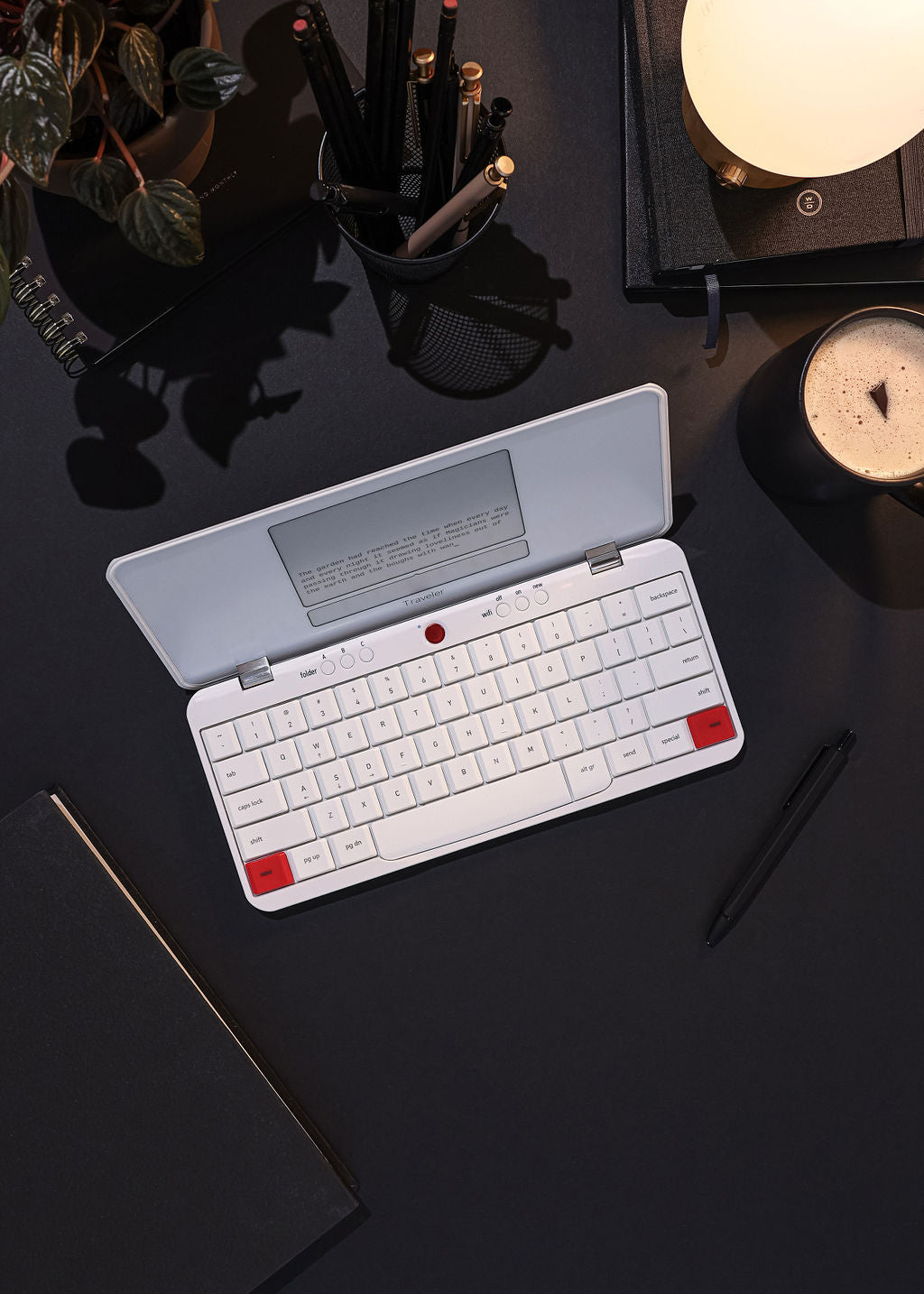Teaching your toddler to write doesn't have to be stressful or complicated. In fact, it can be a really fun bonding experience! At this age, it's all about keeping things playful and low-pressure. Whether your child is just starting to scribble or showing interest in letters, there are plenty of easy ways to help them build early writing skills right at home.
Getting Ready to Write: Building the Foundation
Before a toddler can learn to write, they need to build the physical and mental skills to support it. Writing isn’t just about knowing letters - it’s about controlling small hand movements, recognizing patterns, and understanding that symbols represent meaning.
Fine Motor Skills Come First
Your toddler needs strong little hands before they can grip a pencil or crayon well. You can build these muscles through playful, everyday activities:
-
Squeezing and rolling playdough
-
Using tongs or clothespins to pick up objects
-
Peeling stickers and placing them on paper
-
Stringing beads or pasta onto yarn
-
Scribbling freely on large paper
These actions strengthen finger muscles and improve coordination, which makes writing easier when the time comes.
Let Them Explore Different Tools
Offer a mix of age-appropriate writing tools like crayons, markers, paintbrushes, chalk, and even water pens. Let them try writing on different surfaces - the floor, easel, sidewalk, even the tub wall. Keep it low-pressure. There’s no need to correct how they hold a crayon at first. Grip and control will improve over time with practice.
Start With What Matters Most: Their Name
Learning to write their name is one of the first writing goals your toddler will likely care about. It’s personal, meaningful, and gives them a sense of pride. Help them recognize the letters in their name before expecting them to write them.
Here’s how to begin:
-
Use foam or puzzle letters to spell their name during play
-
Create art using stickers, stamps, or finger paint to make their name
-
Trace the letters in sand or shaving cream
-
Make simple dotted-line tracing sheets with their name
Once they recognize the letters, let them try copying their name on their own. Don’t worry about reversed or wobbly letters. That’s completely normal at this stage.
Create a Rich and Playful Letter Environment
Toddlers learn letters best when they’re part of daily life, not something that only shows up during “lesson time.” By making letters visible, accessible, and playful, you naturally build familiarity and interest without needing formal instruction.
Let Letters Be Part of Everyday Moments
Instead of using flashcards or digital tools, focus on natural, low-pressure exposure. Start by labeling common objects around the house with their names in large, clear letters. Say the words aloud as you point to them. When you're out running errands or taking a walk, casually point out letters on signs, packaging, and license plates. These small moments add up and help toddlers start noticing the shapes and sounds of letters in context.
Books are also a powerful tool at this stage. Choose alphabet books with bold lettering and simple pictures. Reading these together regularly helps toddlers begin to associate letters with the sounds they make. The more often they hear and see the alphabet, the more it becomes part of their world.
Singing the alphabet song is another effortless way to reinforce learning. You can sing it during bath time, in the car, or while getting dressed. Repetition through music strengthens memory and keeps the mood light and playful.
Add Touch and Movement to Reinforce Learning
Toddlers don’t just learn with their eyes and ears - they need to touch and move to truly absorb new information. That’s why sensory-based activities work so well when introducing writing. Drawing letters in sand, finger painting them on paper, or using textured materials like felt or glitter glue makes the learning experience more engaging and helps letters stick in their memory.
Let your child use their whole body, too. For example, you can tape large letters to the floor and let them walk or crawl along the shapes. As they move, say the name and sound of each letter. These full-body interactions are fun, energetic, and reinforce recognition in a physical way.
Let Writing Grow Through Play
Structured lessons aren’t necessary at this age. What works better is weaving writing into pretend play. Children naturally love pretending to be chefs, shopkeepers, or teachers. You can encourage them to “write” a menu, a grocery list, or a classroom chart during these make-believe scenarios. They might not form perfect letters yet, but they’re practicing the idea of written communication, which is the first step.
Even simple activities like drawing with sidewalk chalk, forming letters with sticks outside, or writing in the steam on a window help build writing confidence. The goal is to make these experiences feel playful and optional, not like assignments. When toddlers feel relaxed and curious, they’re much more open to learning.
Common Concerns: What’s Normal and What’s Not
It’s completely natural to wonder whether your toddler is developing writing skills at the “right” pace. Many parents worry when their child writes letters backwards, shows little interest in writing, or has messy handwriting. But in most cases, these things are completely normal parts of early development.
Here’s what’s typically expected at this stage:
-
Backwards Letters: Writing letters in reverse, such as flipping a “b” into a “d” or writing from right to left, is extremely common for children under age 7. It’s part of the brain learning how to recognize and reproduce symbols. With time and gentle correction, this usually sorts itself out.
-
Messy Handwriting: Don’t expect tidy letters from toddlers. Their fine motor control is still developing, so writing will likely be uneven, oversized, or inconsistent. This is not a cause for concern - it’s a sign that they’re experimenting and learning how to control their hands and tools.
-
Low Interest in Writing: Some children are naturally drawn to letters and words, while others need more time to warm up. A lack of interest doesn’t mean they’re behind. It might just mean they need more time, more exposure, or a different approach. Keep reading to them, singing songs, and offering playful writing experiences.
The most important thing you can do is create a supportive and pressure-free environment. Celebrate their efforts, however small, and trust that writing skills will come with time, repetition, and encouragement. Every child learns at their own pace, and steady exposure is often more valuable than early mastery.
Helpful Tools and Resources: Optional but Worth Considering
You don’t need a ton of gear to help your toddler start writing, but a few simple materials can make the experience more fun and engaging. These tools are easy to use at home and support early writing in playful ways.
-
Crayons, Markers, Pencils, Chalk:Offer a variety of tools to help your child explore writing. Chunky crayons or triangular pencils are great for little hands, and washable markers or sidewalk chalk add excitement and ease.
-
Playdough or Kinetic Sand:These materials build hand strength while encouraging letter exploration. Toddlers can roll, squish, and shape letters without pressure to “get it right.”
-
Dry Erase Boards and Markers: Many kids enjoy the novelty of writing on whiteboards. It’s low-pressure, easy to erase, and perfect for short, playful writing sessions.
-
Alphabet Puzzles or Foam Letters:These hands-on tools let toddlers recognize letter shapes through play. They’re great for sorting, matching, and even bath time learning.
-
Books with Large Print and Simple Words:Reading and writing go hand in hand. Choose books with bold letters and simple language to build familiarity and interest in how letters form words.
If you want more structure, look into programs like Fundanoodle or Handwriting Without Tears. Both use hands-on, developmentally appropriate methods to support early writing in a way that feels fun and doable for toddlers.
These tools aren’t required, but they can add variety and motivation to your child’s writing journey. Pick what works for your family and let play lead the way.
Freewrite: A Space for True Writing Focus
For grown-ups who want the same kind of freedom and focus we encourage in kids, we created something a little different, but just as intentional.
As creators ofFreewrite, we know how hard it can be to focus in a world full of digital distractions. That’s exactly why we designed our devices: to give writers a dedicated, distraction-free space where words come first. Whether you’re a novelist, a journalist, or just trying to get your thoughts down, Freewrite clears away the noise so you can stay in flow. No notifications, no internet, no clutter, just you and your words.
We built Freewrite because we believe the best writing happens when you're fully present. Our tools combine the simplicity of a typewriter with the convenience of modern cloud syncing. For focused writers of any kind, Freewrite offers something rare: a quiet, clear path from idea to draft.
Hemingwrite
TheHemingwrite Signature Edition is a tribute to one of history’s most iconic authors. Designed in partnership with the Ernest Hemingway estate, this special edition Smart Typewriter combines vintage aesthetics with modern writing tech. The polished aluminum body and green keycaps give it a classic feel, while cloud syncing, a distraction-free interface, and strong battery life make it a serious tool for focused writing. It’s built for writers who value both beauty and purpose.
Key Advantages
-
Hand-polished aluminum body and green keycaps for a timeless, premium look
-
Officially licensed with Hemingway’s signature and a custom leather case
-
Distraction-free design made for drafting, with no internet or apps
-
Cloud syncing and local backup ensure your work is always safe
Traveler
Traveler is the ultra-portable writing tool built for life on the go. It’s slim, lightweight, and uses an E Ink screen that’s easy on your eyes even in bright sunlight. With a quiet but satisfying scissor-switch keyboard and long battery life, it’s the perfect drafting device for writers who want to unplug and stay in the flow. Traveler stores everything locally and syncs to the cloud when you're online, so you never lose a word.
Key Advantages
-
Lightweight design at only 1.6 lbs, perfect for writing anywhere
-
Glare-free E Ink screen that works in any lighting, even direct sunlight
-
Full-size scissor-switch keyboard for smooth, quiet typing
-
Automatic syncing to Postbox, Dropbox, Google Drive, and more
Alpha Cosmic Edition
Alpha Cosmic Edition turns distraction-free writing into a creative experience with a bold look and serious functionality. Its terrazzo-inspired shell is paired with a warm backlight so you can write day or night. Compact and under 2 lbs, it’s ready for wherever your writing takes you. With 100-hour battery life and automatic cloud syncing, Alpha Cosmic is ideal for night owls, travelers, and anyone looking for a lightweight, stylish drafting machine.
Key Advantages
-
Warm built-in backlight for comfortable writing in low light
-
Up to 100 hours of battery life on a single charge
-
Lightweight and compact with a unique terrazzo design and felt sleeve
-
Seamless syncing with cloud services and offline backup options
No matter your writing style or setup, there’s a Freewrite device to match your flow. Whether you need something portable, something powerful, or something that just feels good to type on, these tools are all built with one goal in mind: helping you write without distractions. Choose the one that fits your process and start focusing on what really matters - getting the words down.
Let Curiosity Set the Pace
Every child develops at their own speed, especially when it comes to skills like writing. Some toddlers may start recognizing letters and trying to write around age two, while others might not show much interest until they’re closer to four. That’s totally okay. What matters most is tuning in to your child’s cues and letting their natural curiosity guide the way.
If your toddler starts pointing out letters, asking questions, or imitating your writing, those are great signs they’re ready to explore more. That’s your cue to gently introduce fun writing activities. But if they seem uninterested, restless, or frustrated, it’s best to pause. Keep offering light, playful opportunities without pressure. Let writing be a choice, not a task.
It’s also important to keep sessions short and sweet. Toddlers have short attention spans, and writing can be tiring for small hands. Even just five minutes a day can help build comfort and confidence. Let them stop when they’ve had enough, even if they’ve only scribbled a little. Over time, their attention span, coordination, and interest will naturally grow. The goal is to make writing something they enjoy, not something they want to avoid.
Final Thought
The most important thing to remember is that writing at the toddler stage isn’t about perfection. It’s about helping your child feel confident, curious, and comfortable with letters and words.
Celebrate every scribble. Laugh at the backwards letters. Take pictures of their work and hang it proudly. These little moments build a foundation for writing that lasts a lifetime.
Keep the tone light, the play frequent, and the pressure low. That’s the real secret to helping toddlers learn how to write.
Frequently Asked Questions
What age should I start teaching my toddler to write?
Most toddlers start developing the skills needed for writing between ages 2 and 4. You don’t need to push it early. Focus on building fine motor skills, letter recognition, and making writing feel like play.
How do I know if my child is ready to write?
Look for signs like curiosity about letters, asking what words say, pretending to write, or trying to copy what you’re doing. If they show interest, that’s a good time to gently introduce more writing-focused activities.
My toddler just scribbles. Is that normal?
Yes, completely normal. Scribbling is an important early stage of writing. It helps them build hand strength, control, and confidence. Over time, their scribbles will turn into shapes, then letters.
Do I need special tools or apps to teach writing?
Nope. All you really need is paper, crayons, and a bit of creativity. Things like playdough, chalk, or magnetic letters can add fun variety, but the most important tool is your encouragement.
What if my child isn't interested in writing at all?
Don’t stress. Many toddlers go through phases where writing doesn’t appeal to them. Keep it playful and low-pressure. Read together often, explore sensory play, and revisit writing later when they’re more engaged.

